Disclaimer: We are serious about content integrity and staying true to our readers. Thus, you can be assured that any article you read across our website is free of bias and is not produced by AI-platforms. Read about our editorial policies.
Has Indian PM Narendra Modi’s visit to Lakshadweep, followed by the Maldives controversy, piqued your interest around the islands? In January 2024, travel booking platform MakeMyTrip reported a whopping 3400% hike in searches for Lakshadweep on their app!
Nestled in India‘s Laccadive Sea, 360 km off the coast of Kerala, the unique union territory features 12 coral atolls and crystal-clear lagoons that are home to vibrant marine life. If the cerulean waters of the island caressing the white sandy beaches sounds like your dream destination too, you’ve landed on the right page.
But before you pack your bags and take off, we are here to give you a quick insight into the rich culture of Lakshadweep. Knowing the history, language, cuisine, and festivals of Lakshadweep’s locals can give you a deeper understanding of their traditions and enhance your overall travel experience. So, let’s begin?
Contents
The History Of Lakshadweep
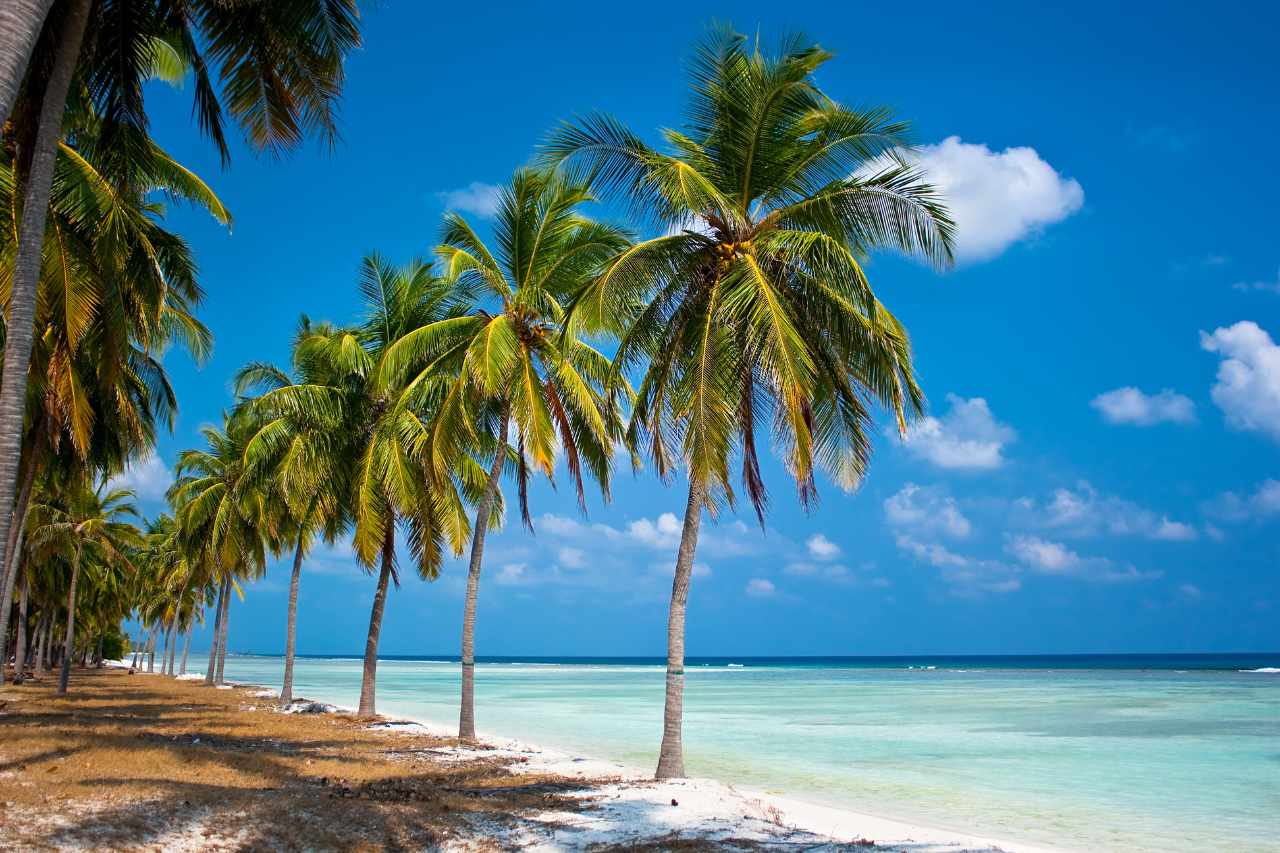
The Lakshadweep Islands have an interesting history that dates back to the 1st Century. The islands were mentioned in the records of a Greek sailor as a source of tortoise shells.
Though the early history of Lakshadweep is not well documented, many believe that the islands were discovered by a search party that set out in search of King Cheraman Perumal, after he left for Mecca from his kingdom in Kerala. Later, people from his kingdom migrated to these islands.
Though most residents of Lakshadweep were Hindus who traced their roots to the Malabar Coast, frequent interactions with Arab traders during the rule of King Cheraman Perumal and Muslim missionary activities in the 7th Century eventually led to the conversion of the population to Islam.
Lakshadweep gained popularity during the Portuguese exploration. As per local records, they plundered the islands seeking sea vessels and finely spun coir that was essential for their ships. However, it is believed that when they forcefully invaded the island of Amini, the islanders poisoned them and successfully halted the Portuguese invasion.
For a while, Lakshadweep was under the rule of a Hindu king, Raja Chirakkal after which it was passed on to the Muslim House of Arakkal of Cannanore. However, owing to their oppressive rule, in 1783, the people of Amini Island sought help from Tipu Sultan. Due to his friendly relations with the Beebi of Arakkal, five islands soon came under Tipu Sultan’s administration.
In 1799, after the defeat of Tipu Sultan in the Battle of Seringapatam, the Aminidivi group of islands came under the control of the British East India Company. In 1847, Andrott Island suffered considerable damage from a cyclone. To help the islanders, the Raja of Chirakkal took a loan from the East India Company. Soon after when the Raja failed to pay back, all the remaining islands came under British rule.
The union territory was formed after India’s independence in 1956 and the archipelago was officially named the Lakshadweep Islands.
TWT Trivia: Among the 36 islands that comprise the Lakshadweep archipelago, only 10 are inhabited. The Bangaram Island, though uninhabited by people, features a stunning beach resort that makes an ideal retreat for travelers who wish to immerse in Lakshadweep’s natural splendor.
Languages of Lakshadweep
Since the first people to settle in Lakshadweep migrated from the Malabar Coast, the commonly spoken tongue here is Malayalam. In fact, when you speak to a native of Lakshadweep, you will find their accent to be very similar to Malayalis. However, small sections of the population also speak languages such as Tamil, Urdu, Hindi, Oriya and Bengali.
The islanders of Minicoy, being closer to Sri Lanka & Maldives, speak a language called Mahi or Mahl, which bears resemblance to Sinhalese (the native tongue of Sri Lanka) and the Maldivian Dhivehi.
Did You Know?
Despite being the smallest Union Territory of India, Lakshadweep boasts a 92.28 % literacy rate!
Traditional Attire of Lakshadweep
The traditional dress of Lakshadweep resembles the clothing worn by the Christian community of Kerala. Men typically wrap a Mundu around their waists which is similar to a dhoti, lungi, or sarong. Women wear the Kachi or Chatta (top/ upper garment) and Mundu.
Food & Cuisine of Lakshadweep
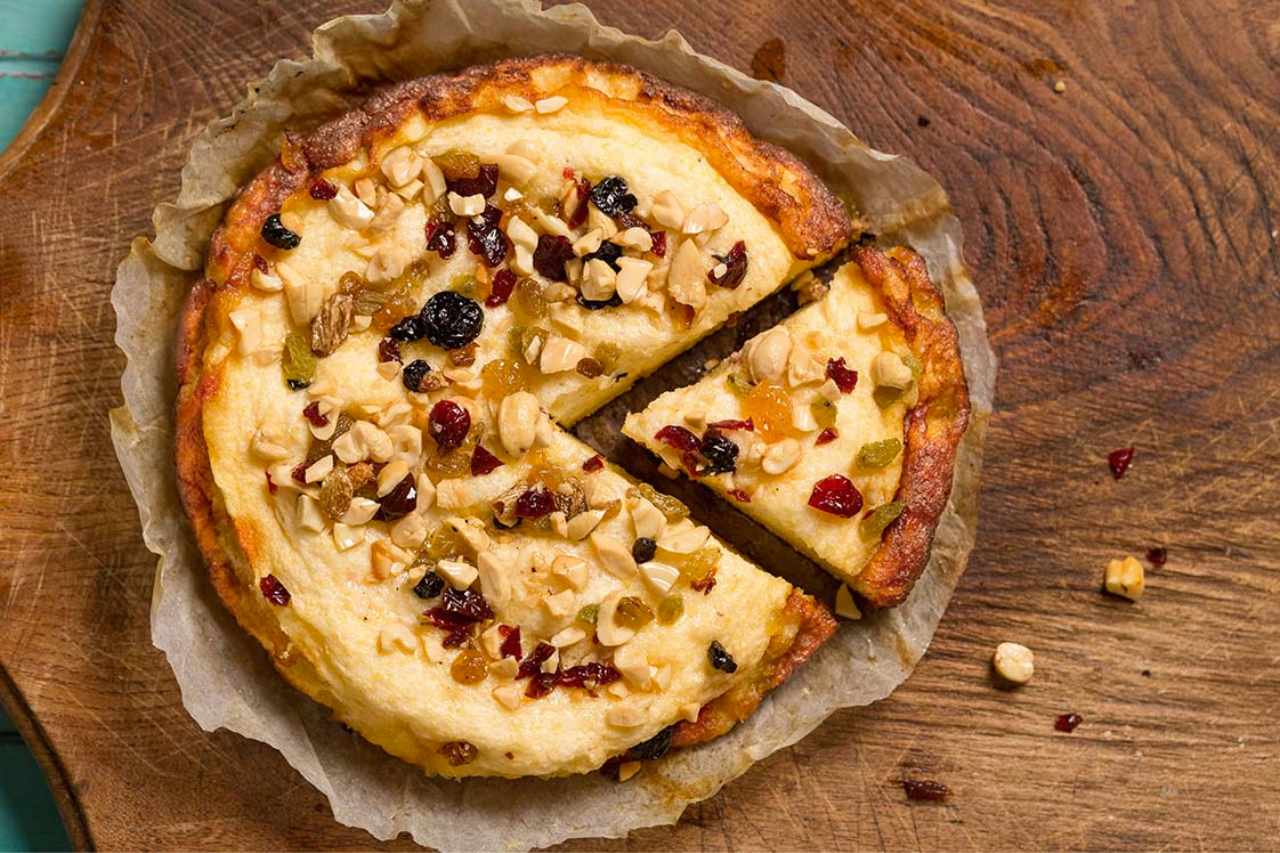
The cuisine of Lakshadweep is infused with the flavors of the ocean. The delicacies of the island feature a wide variety of seafood cooked with local spices, and coconut (oil/milk/grated) and often served with a plate of rice. You will also find several popular dishes from Kerala such as Avial, Malabar Parotta, Idli and Dosa, owing to its geographical proximity. While tracing its culinary roots, one can easily spot the strong influence of Malabar, Sri Lankan, Burmese, and Maldivian cuisine in the foods of Lakshadweep.
Here’s a list of Lakshadweep food that are commonly consumed in the island:
- Rose Tea – A specialty of the island of Minicoy, Rose Tea is basically black tea prepared with a hint of rose essence.
- Kavaratti Biriyani – A treat for all Biriyani lovers, the Kavaratti Biriyani is usually loaded with both meat and seafood and seasoned with saffron.
- Mus Kavaab – This is again a Minicoy delicacy featuring boneless cubes of Tuna fish cooked in a spicy curry base.
- Appam & Kallummakaya Curry – A seafood delicacy featuring fresh mussels cooked in a delicious coconut milk curry base and often served with Appams (rice-coconut pancakes).
- Farata & Rayereha – Paratha & Red Tuna Fish Curry cooked in the Minicoy Style.
- Kurukku Kalan – Influenced by the flavorful cuisine of Kerala, this is a raw banana dish cooked with Indian spices in a coconut curry base.
- Maas Podichathu – A Lakshadweep specialty featuring freshly caught Tuna, marinated with local spices, ginger-garlic paste, grated coconut, and chilli.
- Modelangan – A mouth-watering dessert of Minicoy made with tender coconut and coconut jaggery.
- Batla Appam – A lip-smacking delicacy from Androth Island, this steamed dessert is prepared with flour, eggs, sugar, and spices.
- Kilanji – A festive delicacy, Kilanji is a delicate crepe-like dish usually served with a mixture made of coconut milk, banana, and sweet jaggery.
- Kadalakka – A traditional sweet dish hailing from the Malabar region, Kadalakka is prepared with Bengal gram and commonly served on festive occasions.
Music and Dance of Lakshadweep
Influences from the mainland, especially Kerala and the North-Eastern states, are visible in the culture of Lakshadweep. The traditional art forms practiced in Lakshadweep include:
- Kolkali – A traditional folk dance form hailing from the northern region of the Malabar coast. The dancers form pairs and stand in a circular formation. They dance to the rhythms of folk music while keeping the beat with the Kols or sticks in their hands.
- Parichakali – Paricha means a shield. Parichakali is a martial arts dance form where dancers perform with wooden shields and swords.
- Lava – A popular dance form of the Minicoy Island that is usually performed by male dancers. The performers are donned in vibrant costumes such as red trousers, a white scarf, and a ‘Bolufeyle’ (headgear) and dance to the ecstatic beats of drums.
- Attam Dance – This is a group dance performed by both men and women. The Attam dance is performed without any music and reflects the social lifestyle of the people of Lakshadweep.
- Oppana – This is a traditional art form practiced by the Mappila Muslim community in Kerala and Lakshadweep. It is performed by a group of 15 women at weddings. The group sings and dances around the bride while clapping their hands. The song is started by the lead singer and the others join in the chorus. An Oppana is often accompanied by musical instruments like the tabla, khanjira, and harmonium.
Festivals of Lakshadweep
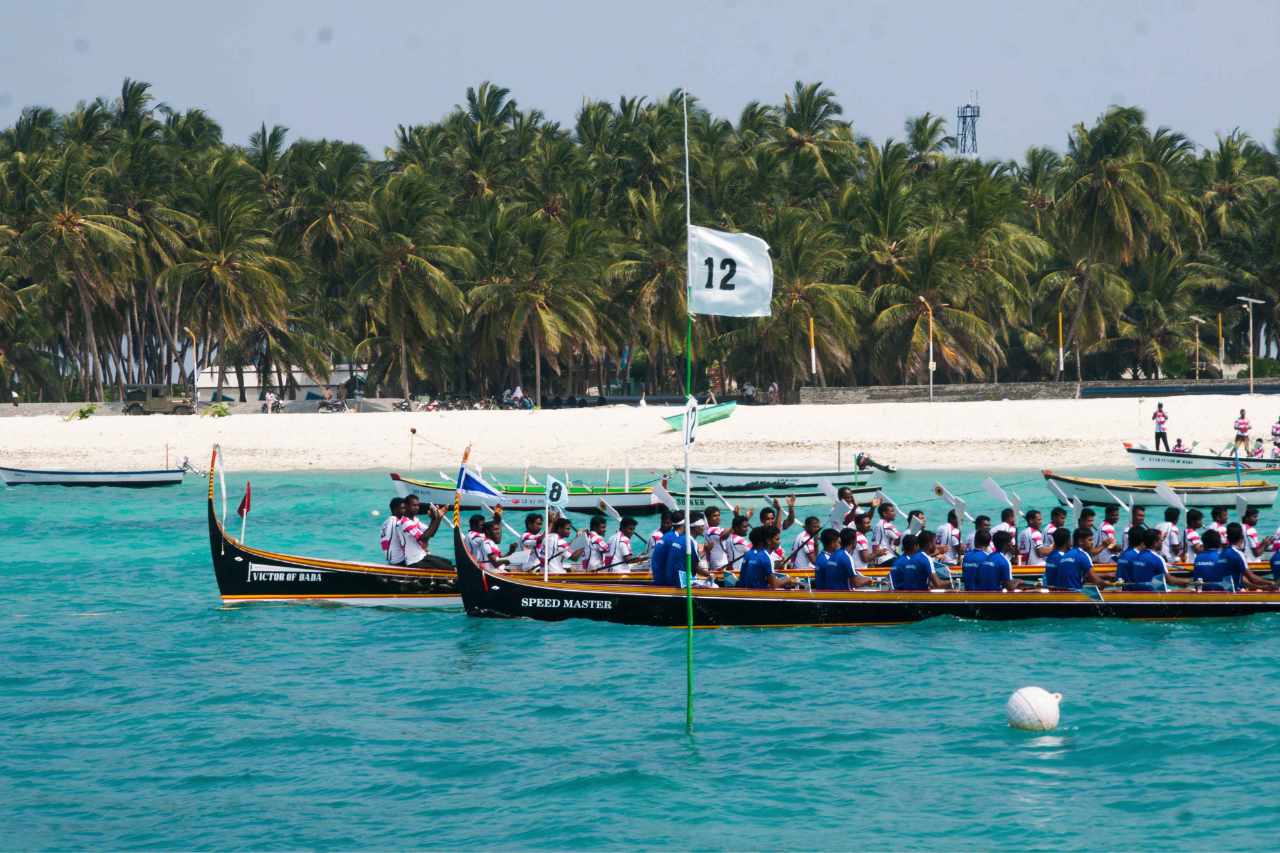
The most common festivals celebrated in Lakshadweep are Milad-Un-Nabi, Eid Ul Fitr, Bakrid, and Muharram, as a majority of the population are followers of Islam. Independence Day and Republic Day are also celebrated with much fervor.
In Minicoy Island, the annual boat race ‘Jahadhoni’ holds a lot of enthusiasm among the islanders. Vibrant-colored boats crafted by skilled boatmakers race each other in the winter waters of the Arabian Sea.
The boat race is part of the National Minicoy Festival. It is organized annually by the Department of Tourism as an endeavor to showcase and uphold the island’s rich cultural heritage. The fest also includes sports events, cultural dance shows, handicraft displays, food fest, and a Jala Mela or an aquatic show.
Traditional Handicrafts of Lakshadweep
Natural resources and the sheer talent of Lakshadweep artisans unite to create an array of vibrant handicrafts that serve as perfect souvenirs for tourists. From coir crafts to sparkling sea-shell jewelry, Lakshadweep has a myriad of traditional handicrafts to offer. Here are some of the popular traditional crafts of Lakshadweep:
Coir Handicrafts – The fiber extracted from coconut husks is used to make mattresses, ropes, and a variety of other artifacts.
Coconut Shell Carvings – Dried coconut shells are carved to create a variety of toys, home decor, and utensils.
Wooden Handicrafts – Many skilled artisans in Lakshadweep make wooden handicrafts such as miniature boats, utensils, and toys.
Sea Shell Artefacts – With an abundance of oceanic resources, the archipelago is known for its seashell and coral jewelry. Seashells are also used to create Lakshadweep handicrafts and souvenir items.
Palm Leaf Crafts – The islanders use palm leaves to weave beautiful mats, hats, and bags.
Occupation of Lakshadweep
Lakshadweep dwellers mainly depend on the sea for their sustenance. Hence, fishing (especially Tuna) is one of the main occupations of the island. Many islanders also work on Indian ships and international vessels.
Also, with the soil and coastal climate of Lakshadweep favoring the abundant growth of coconut trees, many islanders have taken to coconut farming and coconut-related agro-industries. This includes the manufacturing of coir yarn, coconut shell crafts, copra, coconut oil, coconut jaggery, and coconut milk.
The islanders are also skilled boatmakers and excel in manufacturing a variety of traditional boats.
The tourism industry in Lakshadweep is also gradually picking pace with the recent promotion by PM Narendra Modi.
Tourism in Lakshadweep
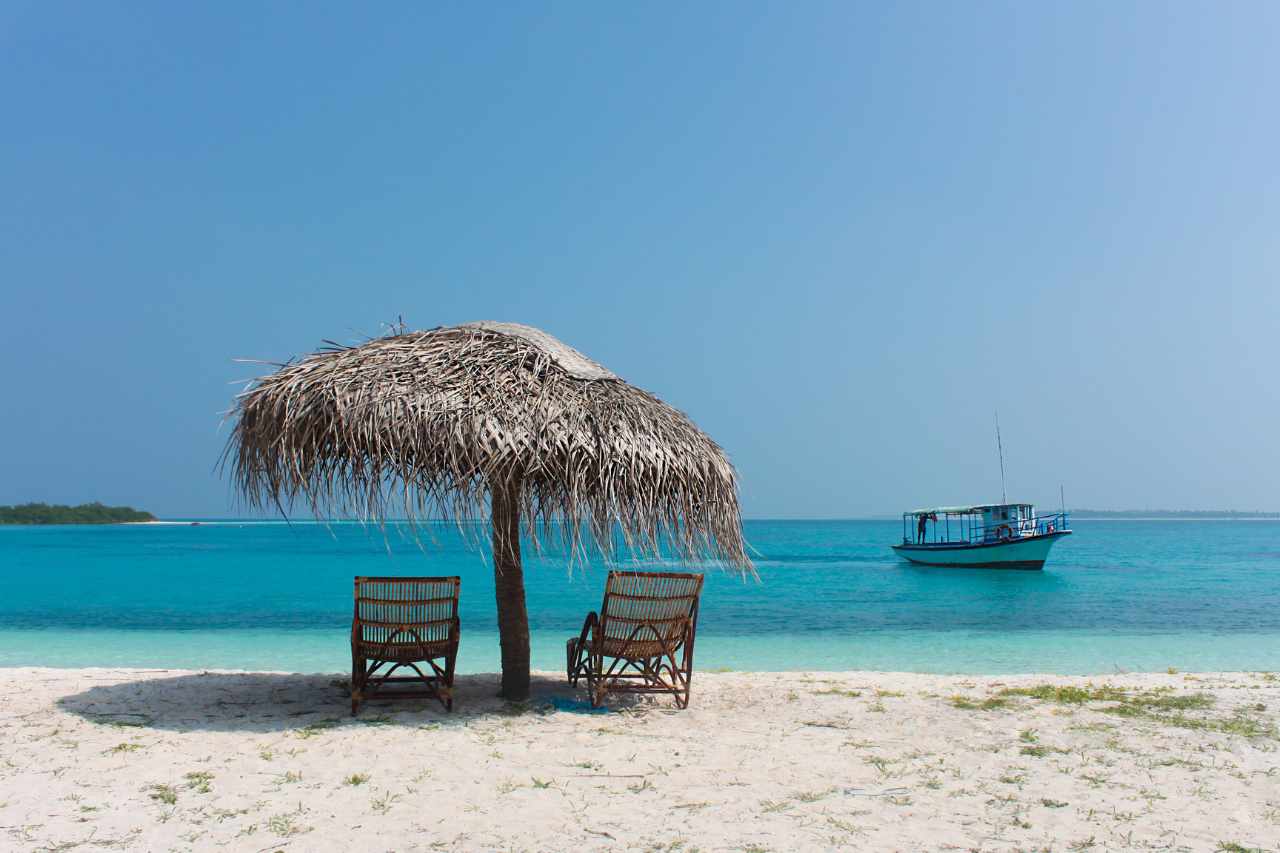
The sugary white beaches and blue lagoons of Lakshadweep beckon tourists who wish to immerse themselves in the island’s serene surroundings and abundant natural allure. Hence, if you’re planning a trip to Lakshadweep this year, here’s a glance at the must-visit tourist attractions:
Main Tourist Attractions In Lakshadweep
- Kavaratti
The stunning capital of Lakshadweep is a treasure trove of vibrant marine life. Its narrow lagoons are home to starfish, multi-hued coral fish, anemones, and more. Some of Kavaratti’s popular tourist attractions include the Kavaratti Beach, Jamnath Mosque, Mohidden Mosque, Ujra Mosque, Dolphin Dive Centre, and Marine Aquarium.
- Amini
Apart from enjoying a sunbath on the islands’ gorgeous beaches and indulging in various water sports, Amini Island is the best place for souvenir shopping. You can choose from a wide range of intricately carved stone handicrafts to delicately crafted coral artifacts.
- Minicoy
Apart from enjoying water sports on the island, the major tourist attractions of Minicoy are the Minicoy Lighthouse, Thundi Beach, and Juma Mosque.
- Andrott
The largest among the Lakshadweep islands, Andrott is a beach paradise and a popular destination for water sports and cruises. Some tourist attractions on Andrott Island are the Tomb Of Saint Ubaidullah, the Lighthouse, and the ancient Buddhist ruins.
- Bitra
A captivating coral atoll with very few inhabitants. Bitra Island is perfect for travelers who crave a tranquil time by the sea.
- Kadmat
The emerald waters surrounding Kadmat Island offer a glimpse of the diverse marine life and also allow an opportunity to enjoy various water activities. The main attractions of the island are the Kadmat Beach and the lighthouse.
- Bangaram
You can book your stay at the Bangaram Island Beach Resort and enjoy the captivating beauty of the blue lagoon while relishing traditional delicacies. The island also offers a good scope for swimming and scuba diving.
- Chetlat
The sparsely populated island is perfect for exploring its coral and marine life. You can go yacht sailing, scuba diving, snorkeling or enjoy long walks during sunset on Chetlat’s serene beaches.
- Agatti
The unique coral growths hemming the island are a popular tourist attraction. Other places of interest in Agatti include the Agatti Beach and Lagoons, Golden Jubilee Museum, and Kalpitti Village.
- Kalpeni
Kalpeni’s lush flora and breathtaking scenic beauty make it a popular tourist destination. Backed by modern amenities, the island offers a great scope for adventure water sports such as kayaking, reef walking, scuba diving, or sailing.
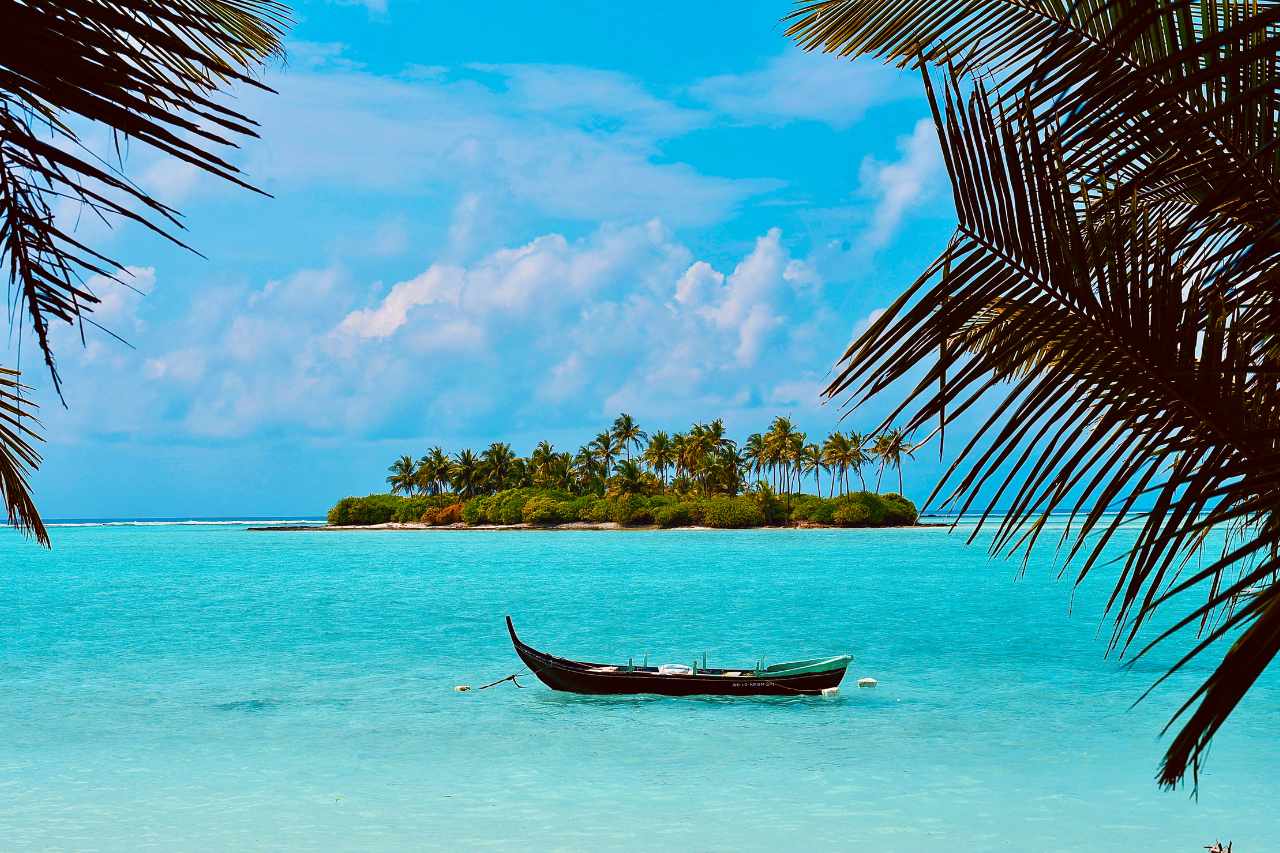
- Kiltan
Swaying coconut trees and vast blue waters make Kiltan Island a dream destination for beach lovers. The island is also known for its rich cultural heritage and traditional folk dances.
How To Reach Lakshadweep?
Firstly, you need to apply for an e-permit online on the Lakshadweep government’s website. Then, you can book various tourist packages including stay, travel and scuba diving on the official tourism website.
To travel to Lakshadweep, you can either take a flight from Kochi (Kerala) to Agatti Island, or book a ship from Kochi and sail to the Lakshadweep Islands.
Where to Stay In Lakshadweep?
Some of the best hotels and resorts in Lakshadweep are Bangaram Island Beach Resort, Red Corals Beach Resort Agatti, Kadmat Island Beach Resort, Agatti Beach Resorts, Minicoy Island Beach Resorts, and Govt Guest House Agatti.
Best Time To Visit Lakshadweep
Since monsoon trips are best avoided, the best time to visit Lakshadweep is from mid-October to April-May.
Did You Know?
With a majority of Lakshadweep’s population being Muslim, the sale and consumption of alcohol are strictly prohibited on the islands. However, Bangaram Island is an exception. Bars and shops managed by the government here are allowed to serve alcohol to tourists.
TWT Summary
Lakshadweep is still one of those rare coastal gems of India that offer you an escape in its pristine natural beauty. Still untouched by modern civilization, the islands beckon you to experience their rustic charm under the shade of coconut trees bordering crystal clear lagoons.
Lakshadweep’s magic is not only confined to its scenic splendor, but also in its rich traditions, mouthwatering cuisine, and a wide variety of adventure sports that you can experience during your stay. So, why burn a hole in your pocket exploring international destinations when India’s very own coral gem beckons you for a lifetime adventure?
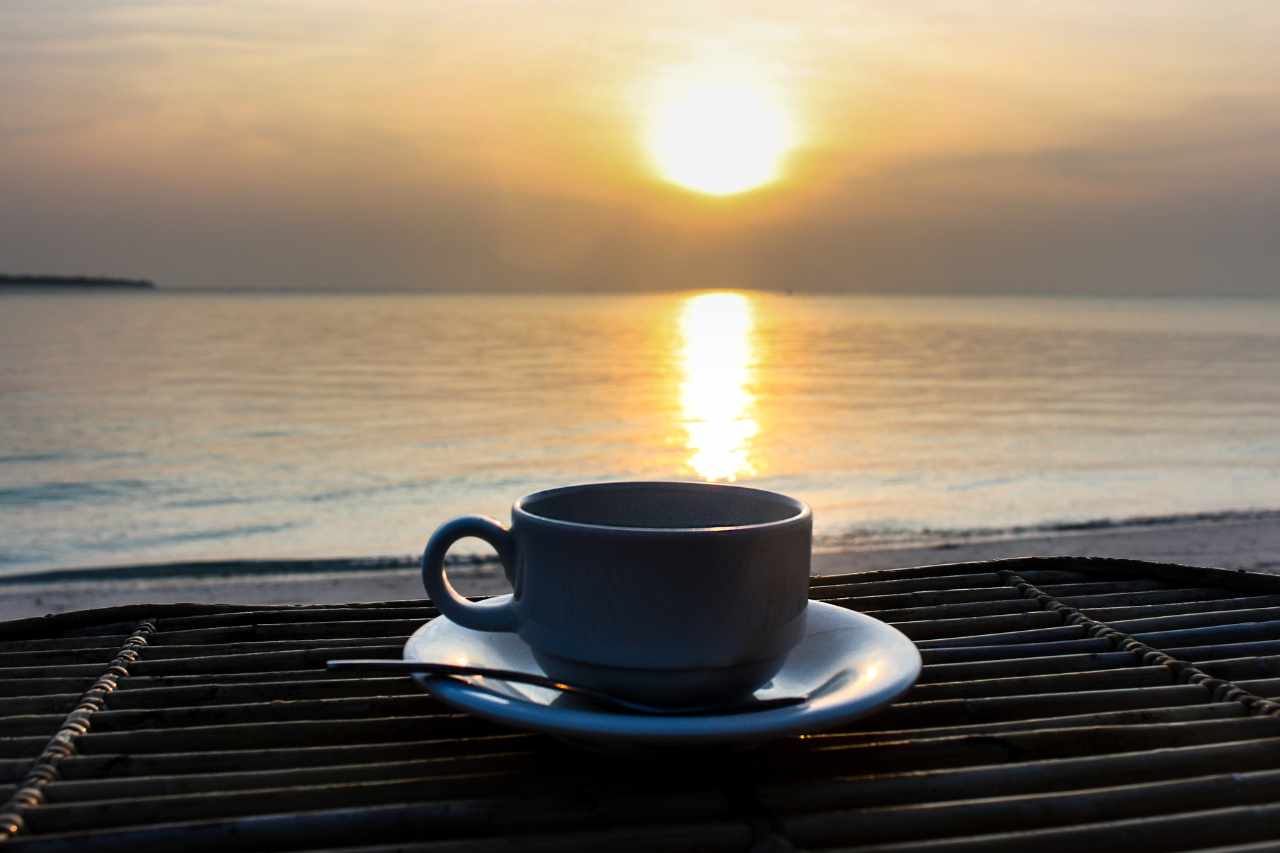
Frequently Asked Questions On Lakshadweep Culture
1. What type of culture predominates in Lakshadweep?
The island’s traditions, language, dance, music, and cuisine are heavily influenced by the Malabar region, Sri Lanka and Maldives. Also, with a majority of the population being followers of Islam, Lakshadweep has a predominantly Islamic culture as well.
2. Does Lakshadweep have any traditional dance forms?
The traditional dance forms of Lakshadweep include the Kolkali, Parichakali, Lava, Attam Dance, and Oppana.
3. How are festivals celebrated in Lakshadweep?
The locals of Lakshadweep wear traditional attire and take part in traditional dances during their festivities. They also prepare and enjoy traditional sweets and other local delicacies.
4. What cultural significance does music have in Lakshadweep culture?
Folk songs of Lakshadweep narrate the common man’s tale. From their daily struggles, to adventures at the sea, to ballads praising the arrival of Saint Hazrat Ubaidullah, the island’s music reflects the rich culture of the people of Lakshadweep.
5. What are the unique art forms of Lakshadweep?
Lakshadweep has several traditional folk art forms such as Kolkali, Parichakali, Lava, and others. Lakshadweep is also known for its skilled artisans who craft stone, wood, palm leaf, coconut shell, seashell, and coral artifacts. The Minicoy island is also famous for its long vibrantly colored boats made by traditional boatmakers of the island. These are used during the annual boat race called the ‘Jahadhoni’.
6. Why is the traditional dress important in Lakshadweep Culture?
The traditional dress of Lakshadweep characterized by the Mundu worn by the men and the Chatta Mundu donned by the women bears significant cultural importance, especially during festivities and marriage ceremonies.
7. Does Lakshadweep have any traditional games or sports?
Minicoy’s traditional annual boat race known as ‘Jahadhoni’ upholds the island’s rich cultural heritage and attracts tourists from all over the world.
8. What role does community play in Lakshadweep culture?
Lakshadweep has a tightly-knit community that is united by its traditions and lifestyle. The four main groups that comprise the community are the Aminidivi, Koyas, Malmis, and Melacheris. Each community has its religious rituals and occupations.
Feature image source: Utsav.gov.in
View this post on Instagram
Frequent Traveler? Here’S Some More Travel Goodness From Us:

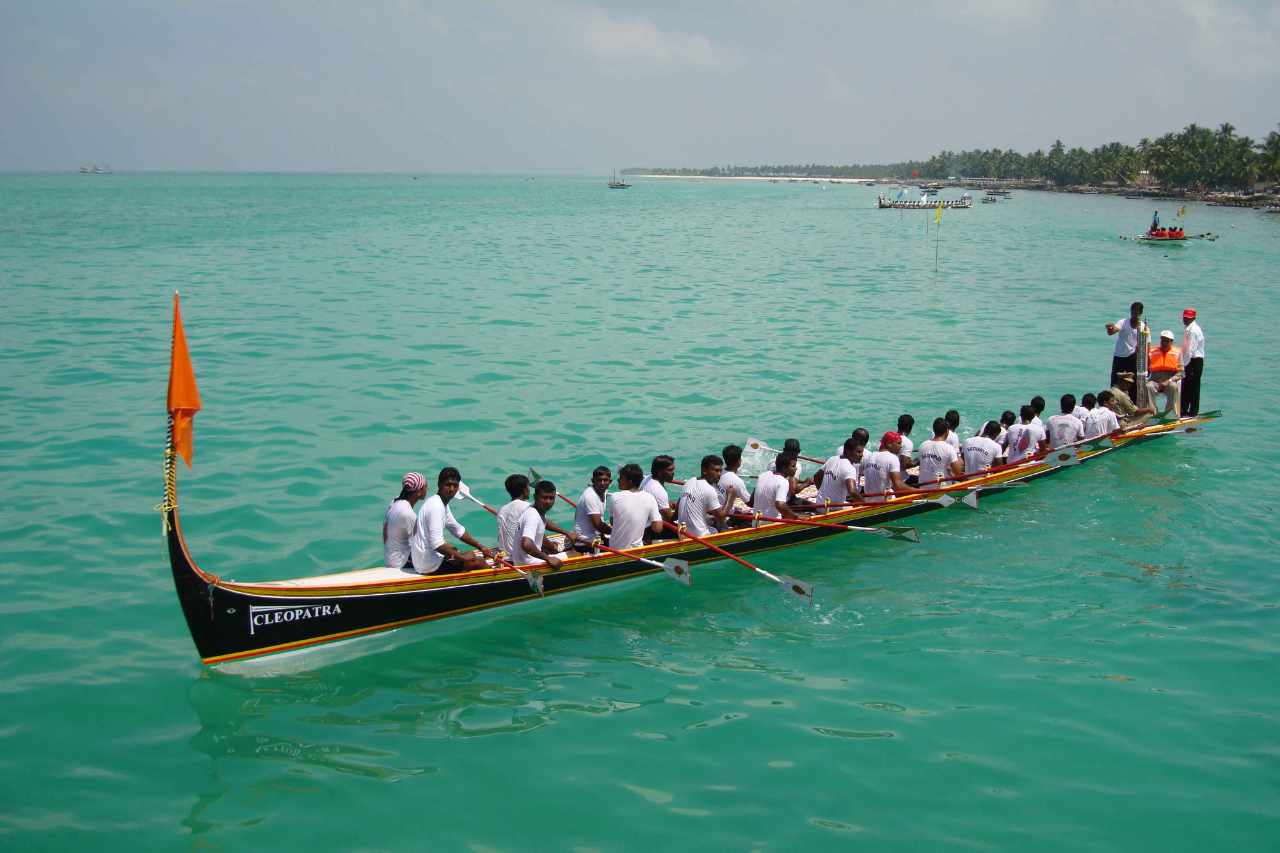
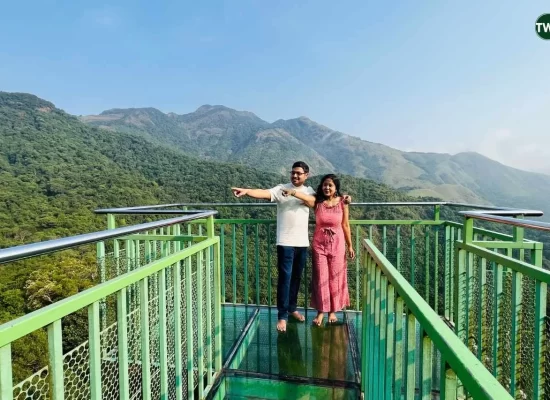
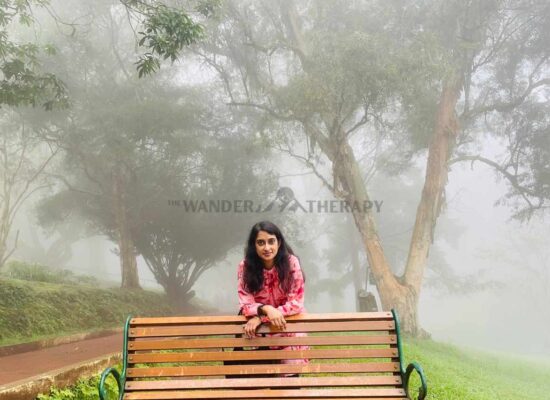
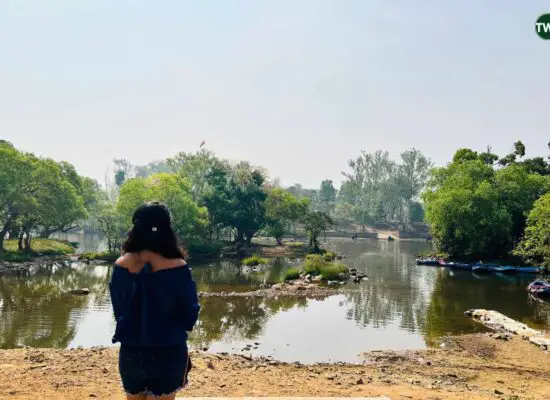
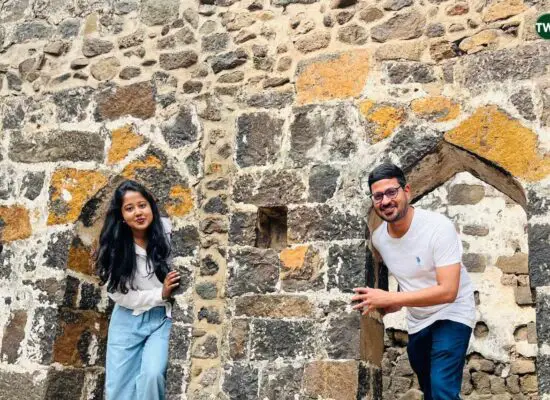
5 thoughts on “Quick Guide To Lakshadweep Culture – Language, Food, Festivals & More”
WOW. Very well written article at appropriate time. Whatever information’s are required for interested travelers to Lakshadweep are available in your writing. Well done.
Thank you very much for taking the time to leave your valuable feedback on our content. 🙂
THANK YOU FOR THE ANSWER OF LAKSHADWEEP
Thank you very much for taking the time to leave your valuable feedback on our content. 🙂
thank for sharing greate informaction